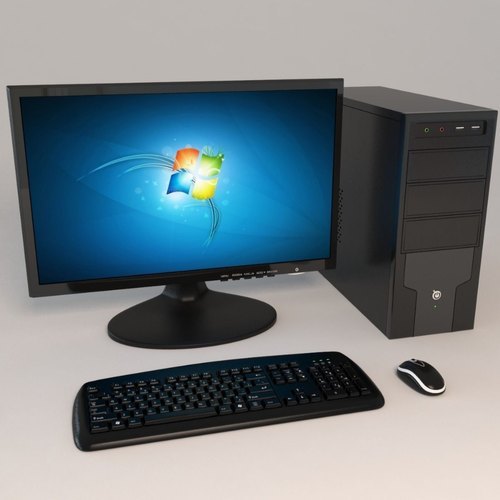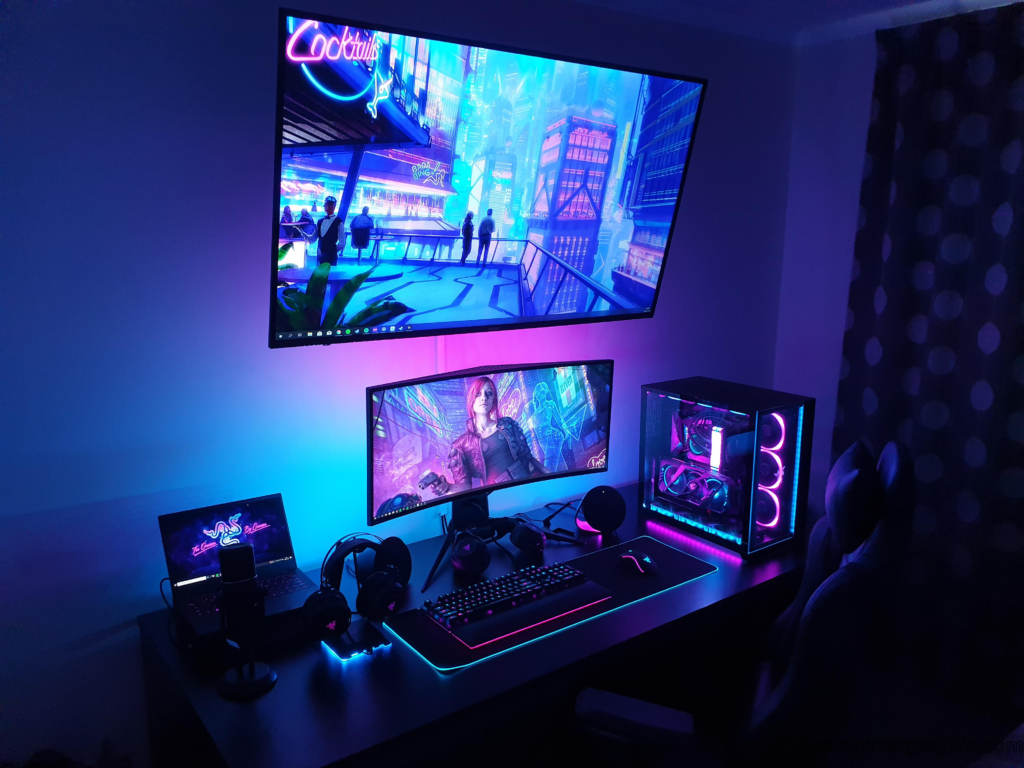“The use of a personally owned mouse with a computer is permitted. The following personally owned computer peripherals in most organizations.”
A mouse is an essential device to operate a computer system. The following personally owned computer is permitted. This device comes in various shapes, sizes, and designs, and users can choose the one that suits their preferences.
While organizations may have specific policies regarding the use of such devices, it is always best to check with the relevant authorities before purchasing any new hardware. We will discuss the relevance and importance of using a mouse in the workplace and highlight some basic features you should consider when buying one.
Allowed Peripherals
Personal computer peripherals that are permitted include commonly used devices such as a mouse, keyboard, and headset. Other peripherals may be allowed, but must meet specific criteria and be approved by IT staff.
Allowed Peripherals
Owning your computer, you can enhance or optimize your experience by adding a variety of peripherals. However, you cannot use all peripherals for personal purposes. This article will explain which personal computer peripherals are allowed.
Keyboard and Mouse
You can connect the keyboard and mouse to a personal computer or laptop without any issues. Since these peripherals are essential computer components, they are allowed for personal use.
Speakers and Headphones
You are also allowed to use speakers and headphones to enhance the audio experience of personal computers.
Headphones are a trendy choice for people who want to block out outside noises while working or listening to music. As for the speakers, they are helpful when watching videos or playing games. External Hard Drive: An external hard drive can also back up important data or store additional information. It’s always a good idea to keep a backup of essential data, and an external hard drive makes this process much more manageable. Scanner and Printer Scanners and printers are also permitted for personal use, as many people require prints and scans of documents for various purposes. These peripherals make scanning documents or photos easy and printing hard copies when necessary.
Microphone and webcam: People who like to record videos, attend virtual meetings, or play games often use microphones and webcams. These peripherals are allowed as people can use them to record videos, live streams, or conduct video conferencing. In conclusion, the following personally owned computer is permitted. These include keyboards, mice, speakers, headphones, external hard drives, scanners, printers, microphones, and webcams.
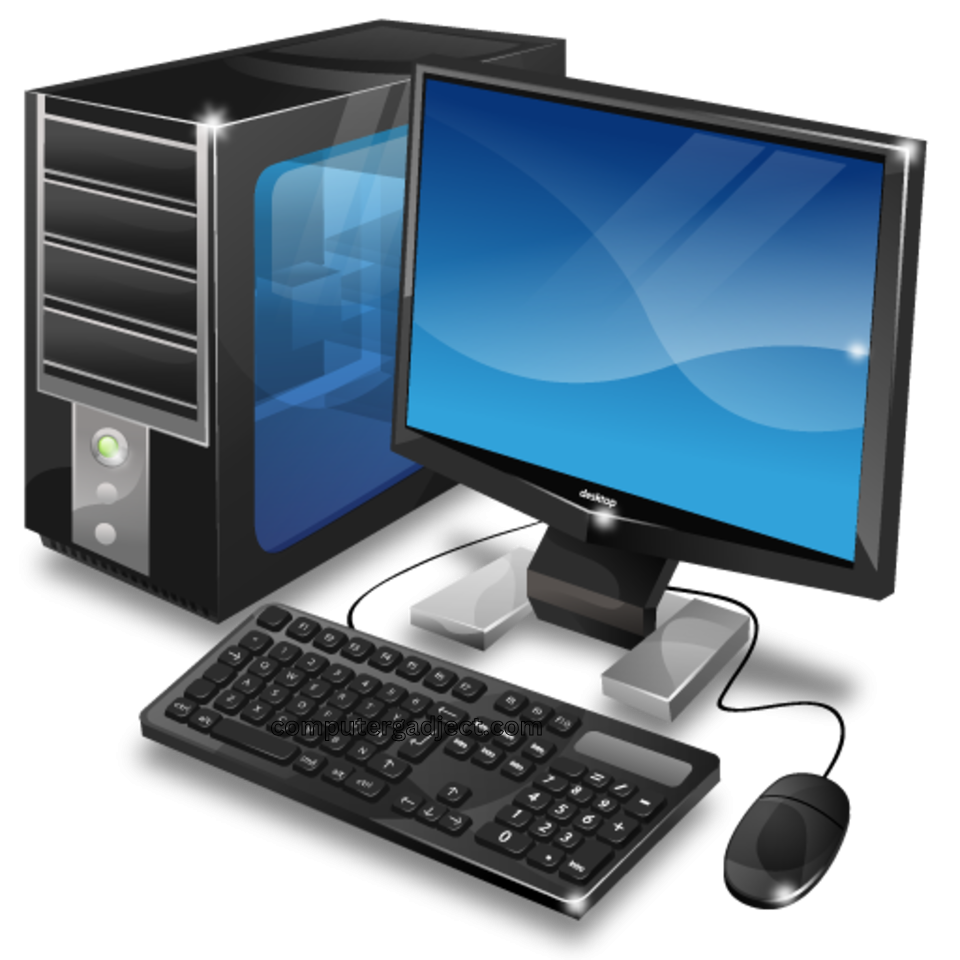
How To Choose The Right Peripheral
Choosing the right peripherals for your personal computer can be a complicated task. Ensuring that your organization’s policies permit the peripheral you are considering is essential. Check with your IT department before purchasing any device.
Assess Your Needs
Before purchasing a computer peripheral, you should evaluate your needs and determine your required functionality. For example, you need peripherals with high refresh rates and low input lag if you are a gamer. On the other hand, if you are an artist, you need peripherals that provide precision and accuracy, such as graphics tablets and pen displays. Therefore, consider your needs before deciding which peripheral to buy.
Compatibility With Your Pc
After evaluating your needs, check the peripheral’s compatibility with your PC. Compatibility is crucial when choosing the right peripheral, as you want to avoid purchasing a device and realizing it is incompatible with your system. It is also essential to check the operating system requirements to ensure the software and drivers are compatible.
Budget Consideration
Budget is another critical factor to consider when purchasing peripherals. While it’s tempting to go for the latest and greatest peripherals on the market, sticking to your budget is essential. You can still get good-quality peripherals that fit your budget. There are many options, so balance quality, functionality, and cost.
Brand Reputation
Finally, before purchasing a peripheral, research the brand’s reputation. Buying from a reputable brand is vital to ensure you get a quality product. Research the brand’s reviews and ratings, as well as the customer services it offers. Choosing a trusted brand will go a long way in saving you time, money, and frustration in the long run. In conclusion, selecting the right peripheral takes time, research, and consideration. Evaluate your needs, check compatibility, stick to your budget, and choose a trusted brand. The following personally owned computer is permitted.
Installation Guide
Installing computer peripherals isn’t rocket science, but it may seem like it to someone who’s never done it before. Therefore, we present this installation guide for those who want to install peripherals on their computer. This guide will cover all the main steps, from checking the system requirements to testing the peripherals. This guide is suitable for those who want to install peripherals on their computer.
Check System Requirements
Before purchasing a personal computer peripheral, check the system requirements. These requirements include operating system specifications, available storage space, CPU and memory specifications, and available ports. Peripherals usually come with minimum and recommended system requirements. Look for recommended specifications for optimal performance.
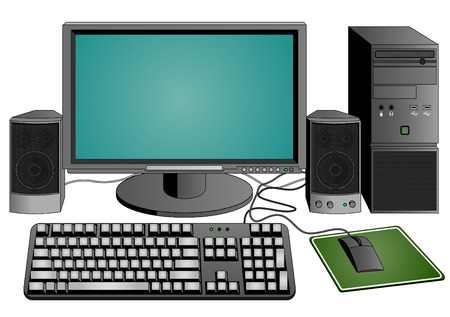
Unpack The Peripheral
After purchasing a personal computer peripheral, unpack it carefully and ensure that all peripherals, cables, and adapters are present and in good condition. If you notice any defects, immediately contact the seller or manufacturer and replace them.
Install Driver Software
Most personal computer peripherals require driver software installed on the system to function correctly. The software CD or a web link to download the software is usually included within the package. After inserting the software CD, follow the on-screen instructions or download the software and install it.
Connect The Peripheral
After installing the driver software:
- Connect the peripheral to the computer using the provided cable and turn on the device.
- If the peripheral does not connect automatically, go to “Device Manager” in Windows or “System Preferences” in Mac OS and locate the peripheral.
- Right-click on the device and select the “Update Driver” or “Install Driver” options (depending on the operating system).
Test The Peripheral
Once you connect the peripherals and install the driver software, test the device. Test the peripheral’s different functional aspects, such as audio, video, printing, scanning, etc. If everything works correctly, congratulations! You have successfully installed your computer peripherals.
Maintenance And Troubleshooting
When it comes to personally owned computer peripherals, it’s essential to know what is allowed for maintenance and troubleshooting. It’s best to check the manufacturer’s guidelines to ensure the device meets them.
As a computer peripheral user, it is essential to maintain and troubleshoot your devices regularly. This ensures that your device remains functional, secure and in good working condition, increasing its lifespan and the quality of service you provide. Below are some critical maintenance and troubleshooting tips for three commonly owned personal computer peripherals that are permitted for use:
Regular Cleaning
One of the most effective ways to ensure your computer peripherals are working properly is by keeping them clean. Dust and dirt can clog parts of your device, causing it to malfunction and, in some cases, even damage it. To clean your devices at home, use a soft, dry cloth to remove any dirt, dust, or fingerprints. Additionally, you can lightly dampen the cloth with a small amount of isopropyl alcohol, but be sure to avoid getting liquid into the device’s openings.
Updating Drivers And Firmware
Another critical aspect of maintaining your computer’s peripheral devices’ functionality is ensuring that the drivers and firmware are up to date. New drivers are usually released to fix bugs and improve performance, and firmware may be released for security improvements. Periodically check your peripheral device manufacturer’s website to find possible device updates.
Common Issues And Solutions
You may experience several problems with your computer’s peripheral devices despite taking all necessary precautions. Below are some common issues you may encounter and some possible solutions:
1. The computer does not recognize the device: Make sure your device is connected correctly and check if your computer drivers are installed.
2. The device is not working correctly: Check for driver updates, make sure your device is clean, and TP ensure it is appropriately connected to your computer.
3. The device is experiencing technical difficulties, such as freezing. Check for dust or debris inside the device and ensure the firmware is current.
In short, maintaining and troubleshooting your personally owned computer peripherals can significantly improve their life and function. Clean your devices regularly, keep drivers updated, and fix any problems. Doing so can avoid replacing peripherals and save time and money in the long run.
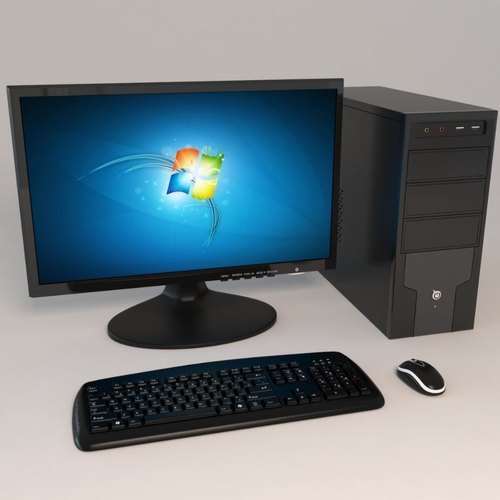
Frequently Asked Questions On Which Of The Following Personally Owned Computer
Which Of The Following Is Permitted Within A Scif?
In a SCIF, authorized personnel may conduct classified meetings, hold discussions, and store documents to protect sensitive national security information.
Who Can Be Permitted Access To Classified Data?
Only personnel with necessary security clearance and need to know can access classified data. The government grants clearance and access by investigating an individual’s background and trustworthiness through its security clearance process.
Which Of The Following Is An Appropriate Use Of Dod Public Key Infrastructure Pki Token?
The proper use of the DOD Public Key Infrastructure PKI token is to provide secure access to sensitive information and systems and facilitate secure communications and transactions.
Which Of The Following Is Permitted When Using An Unclassified Laptop Within A Collateral Space?
When you use an unclassified laptop in a collateral space, you can only access the network’s unclassified sections. You must remove all classified materials before entering, and you cannot access or store classified materials on the unclassified laptop in this space.
Conclusion
After reviewing the various types of personally owned computer, it is evident that not all are permitted in certain environments. It is important to consider the nature and sensitivity of the data being handled, as well as the policies in place at your workplace or institution.
Understand and follow the allowed and prohibited actions to prevent security risks and protect sensitive information. Keep updated with policy changes to comply and prevent unintended consequences.

